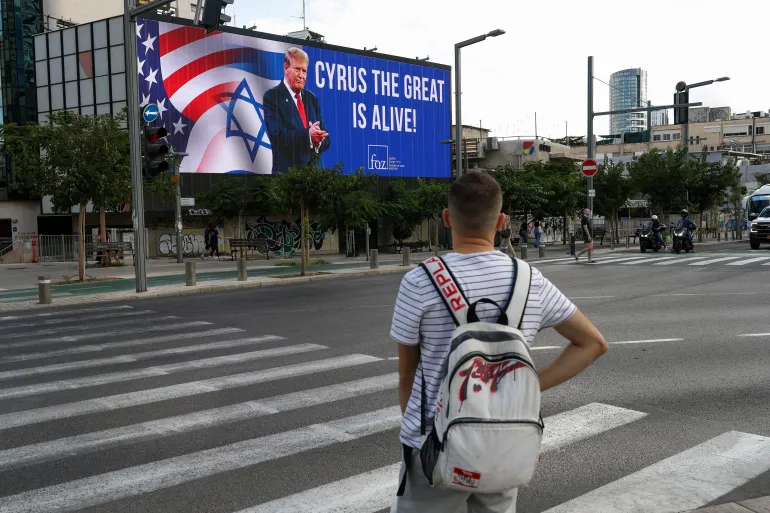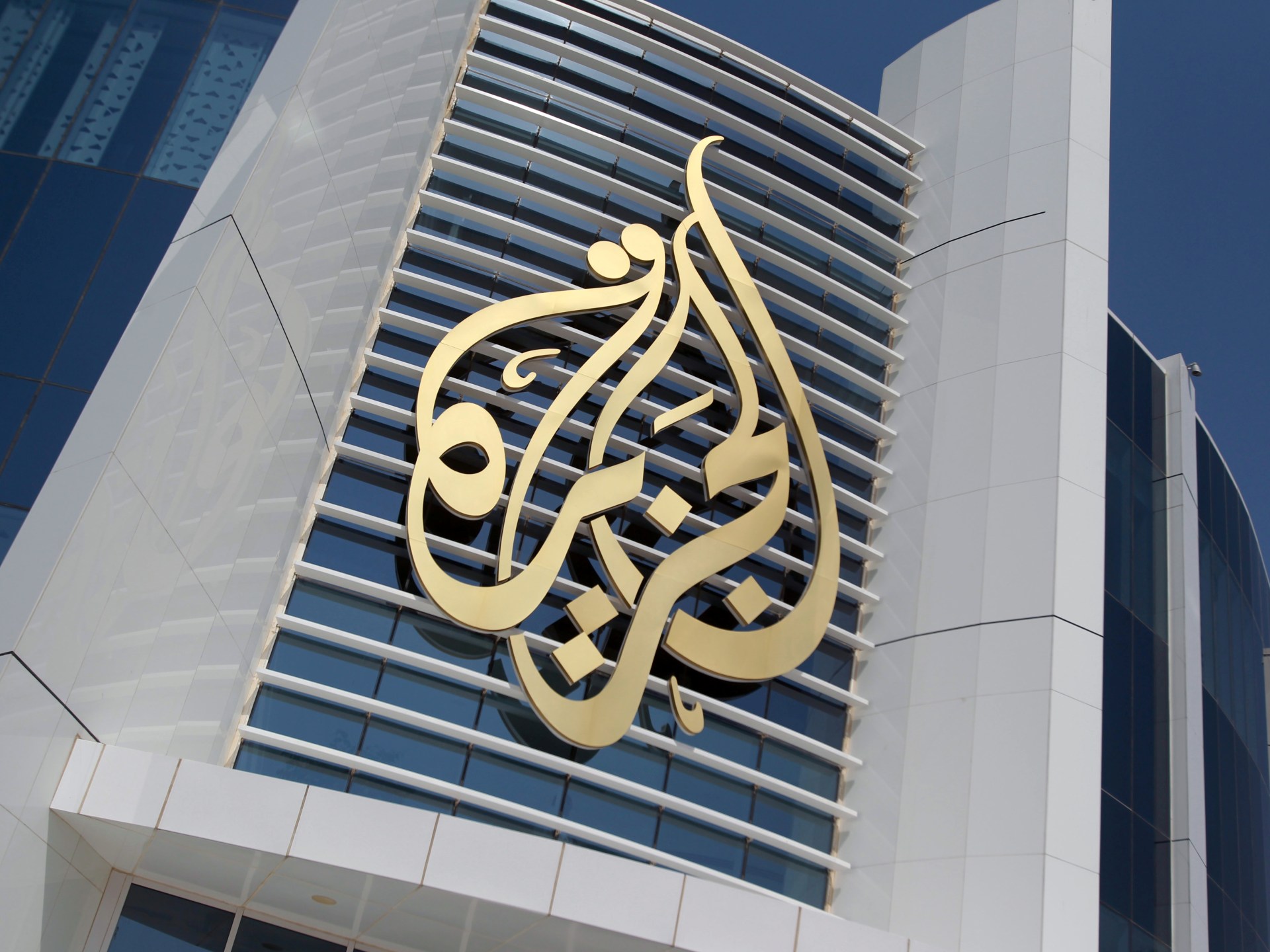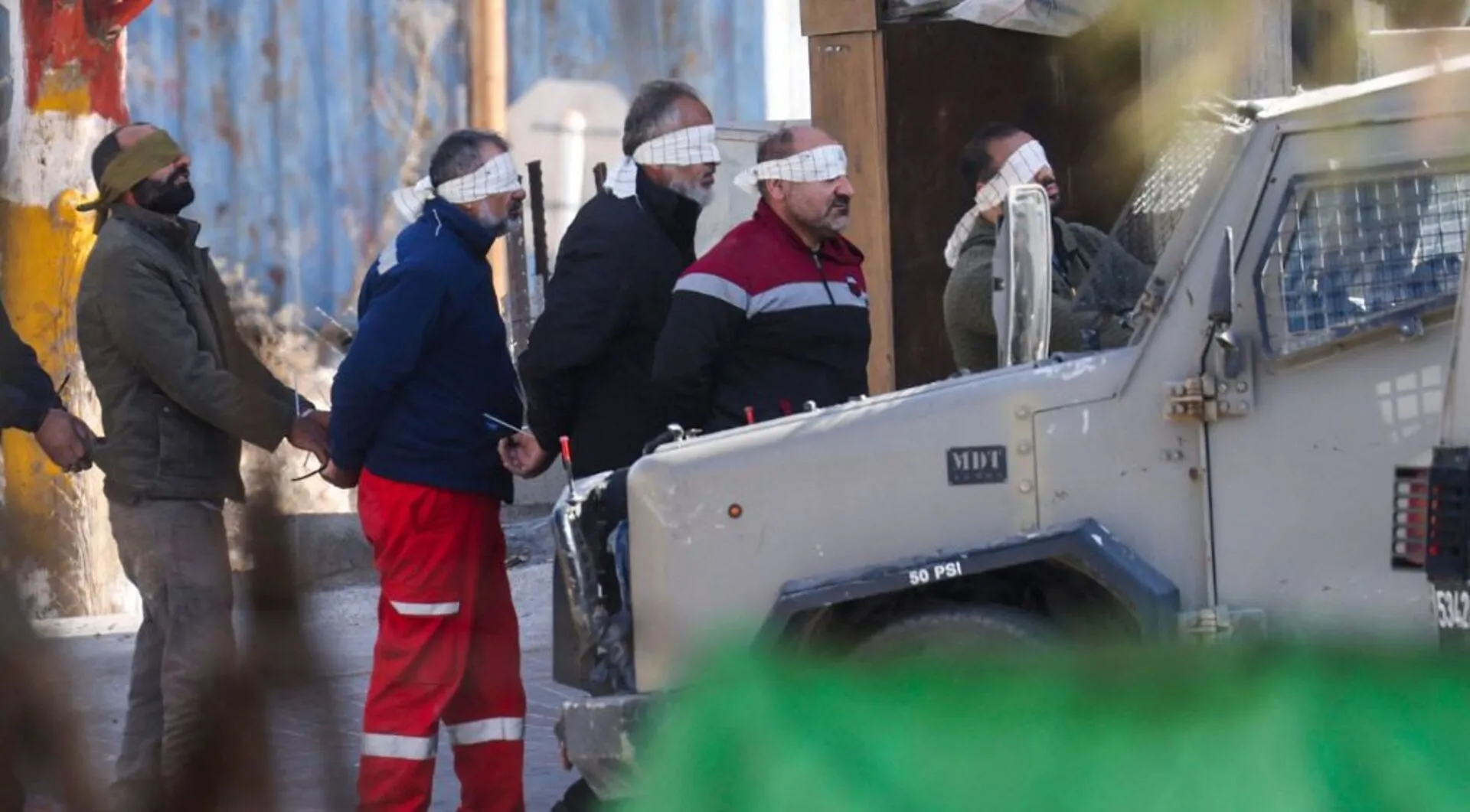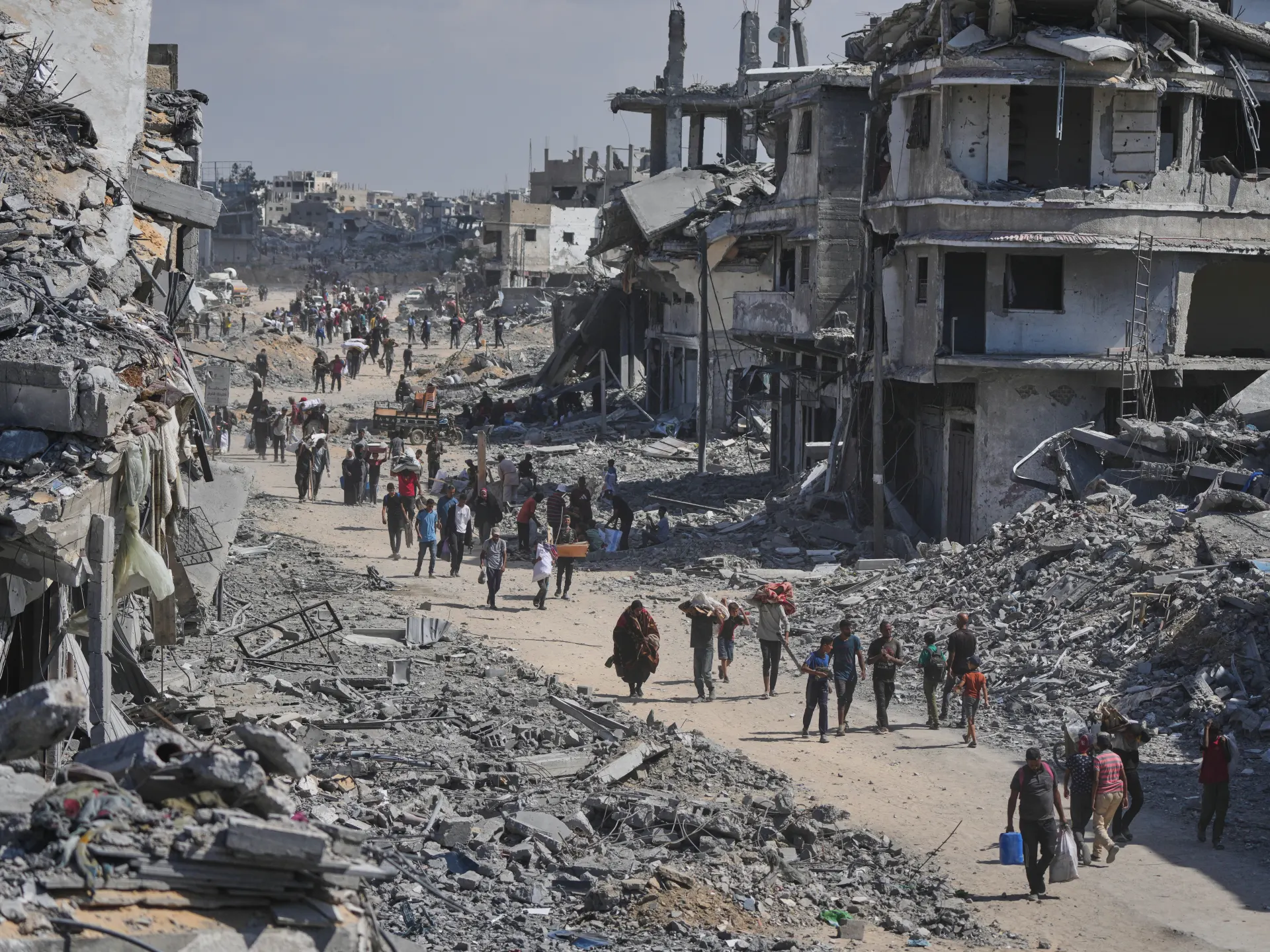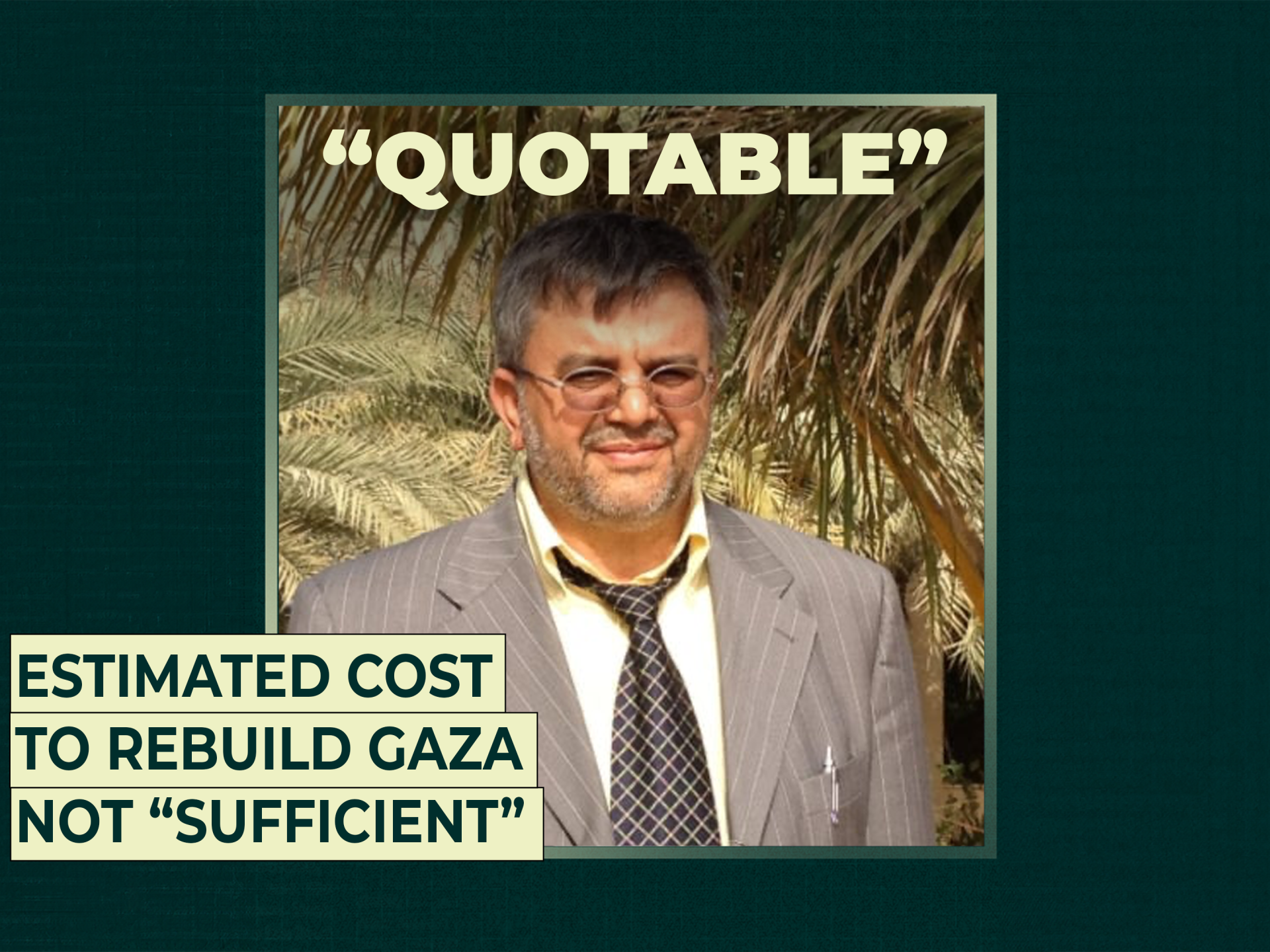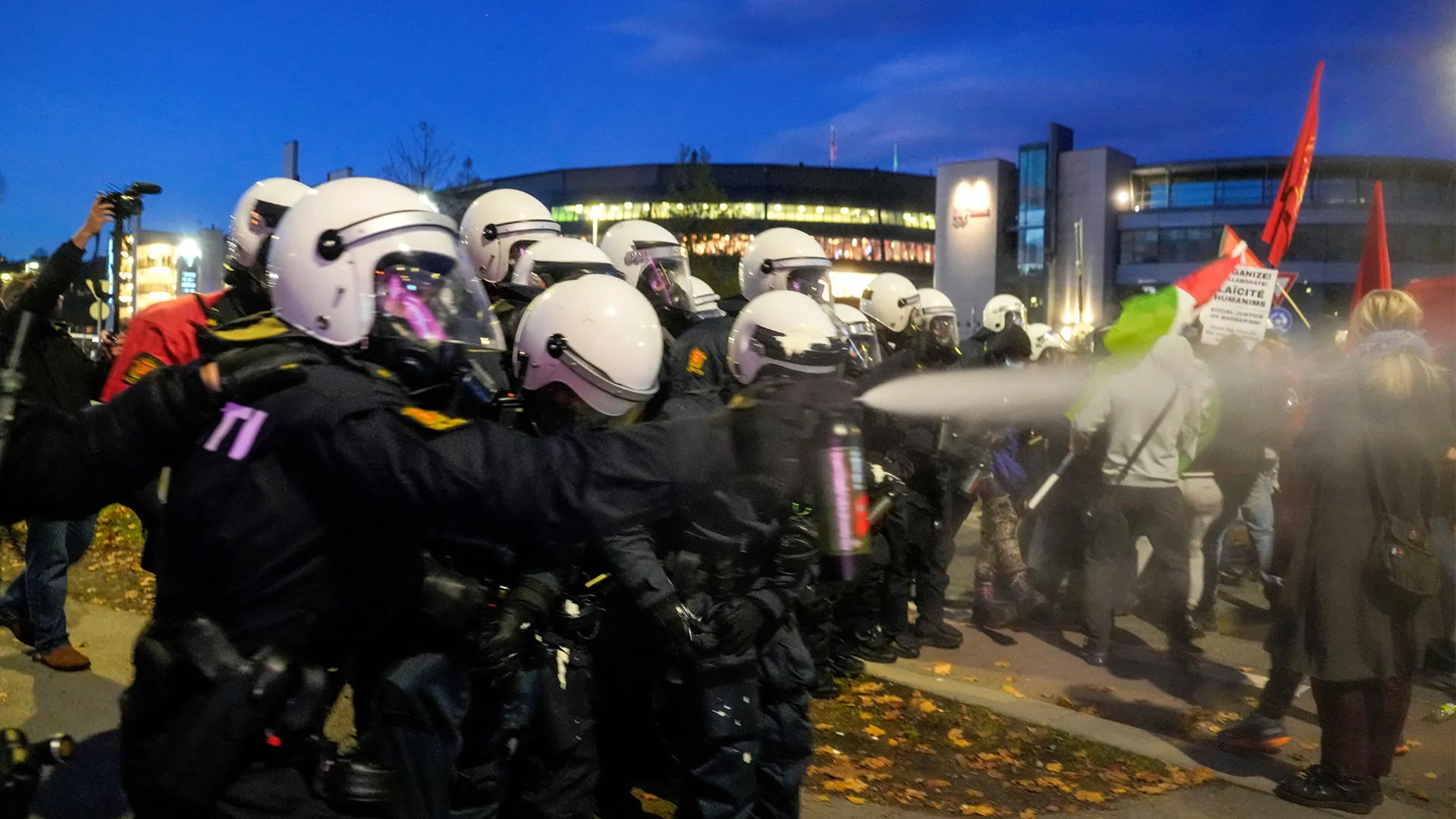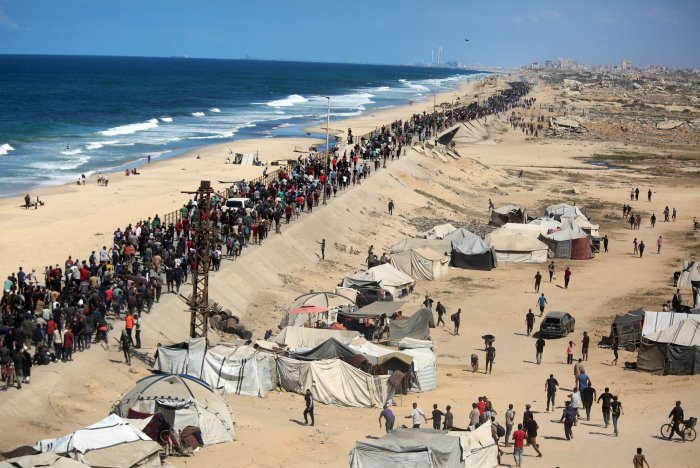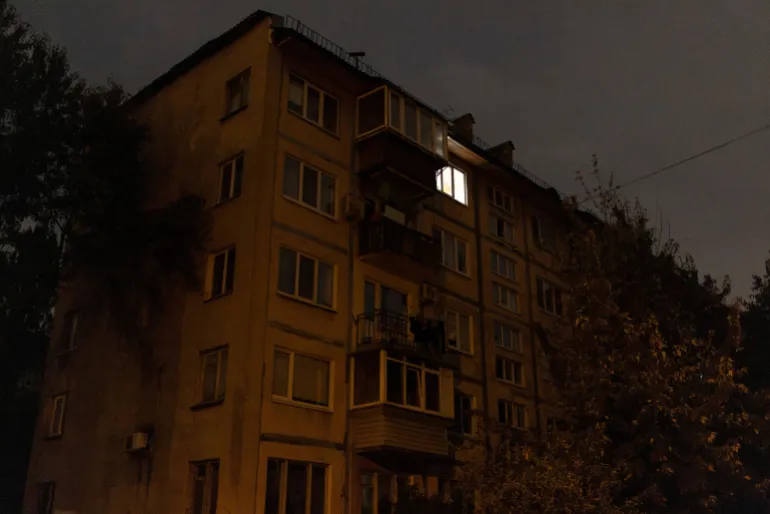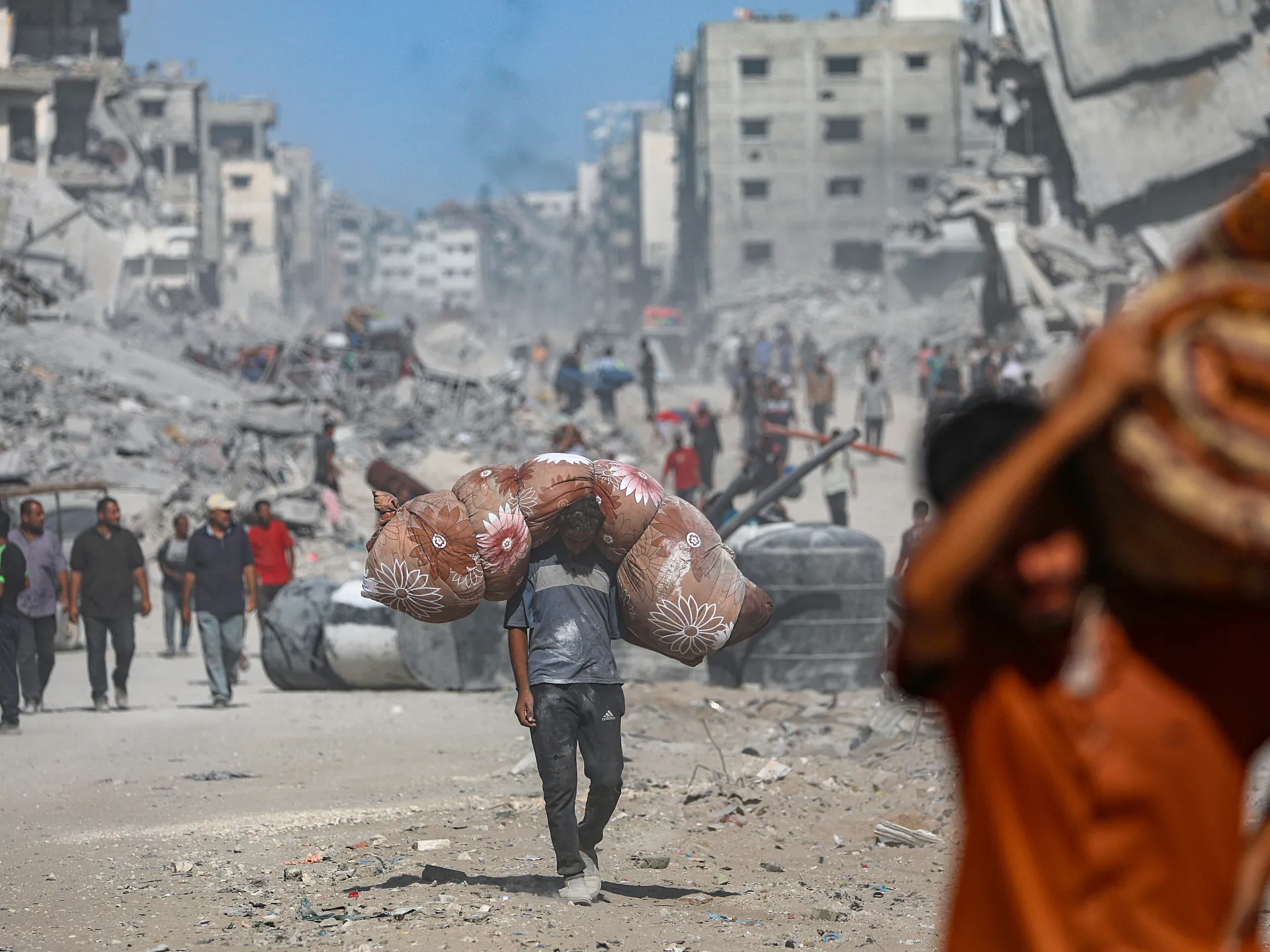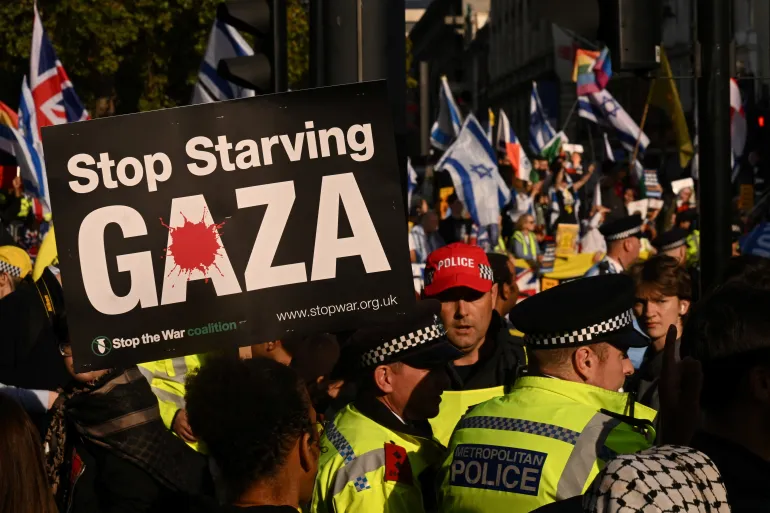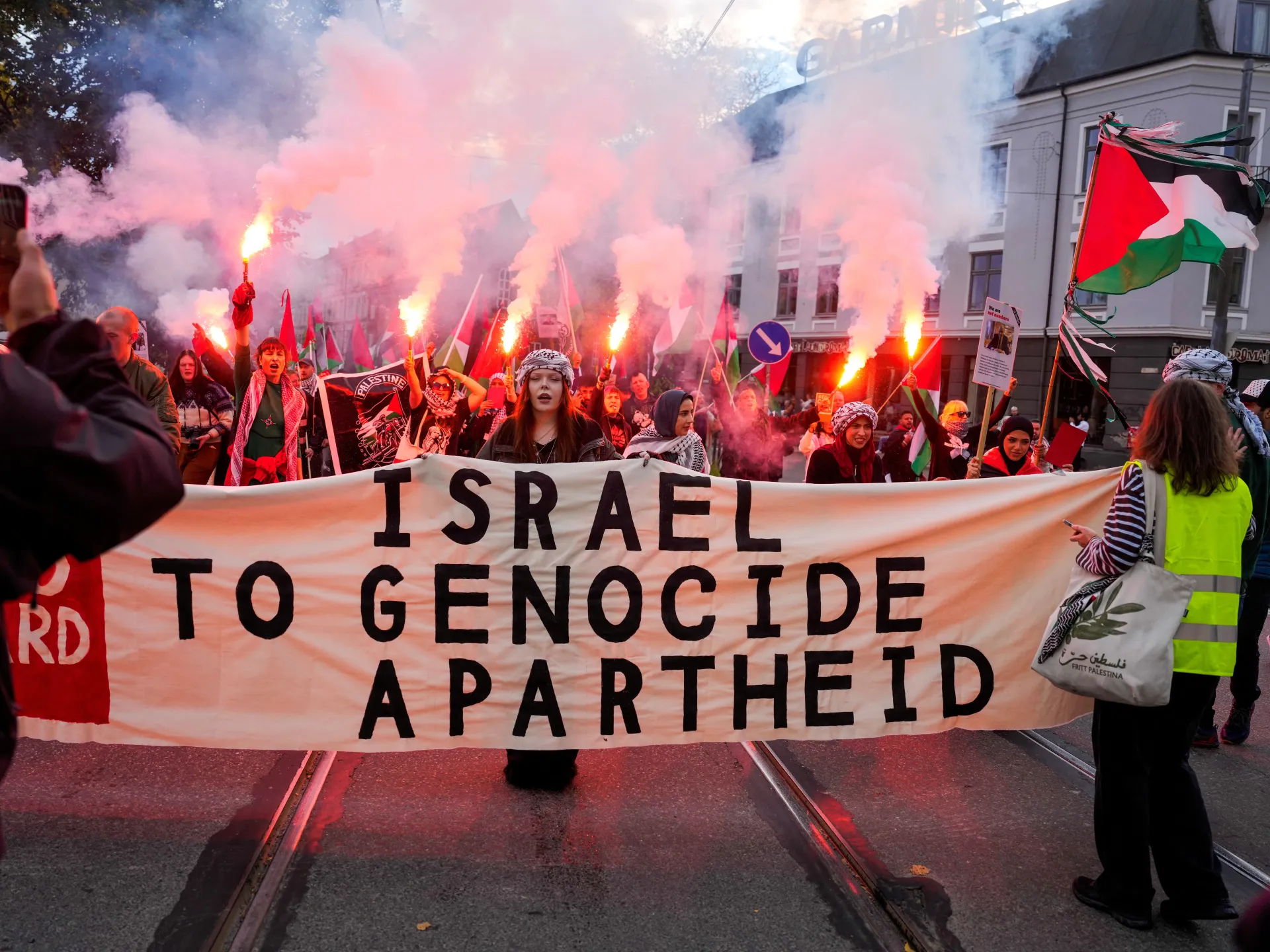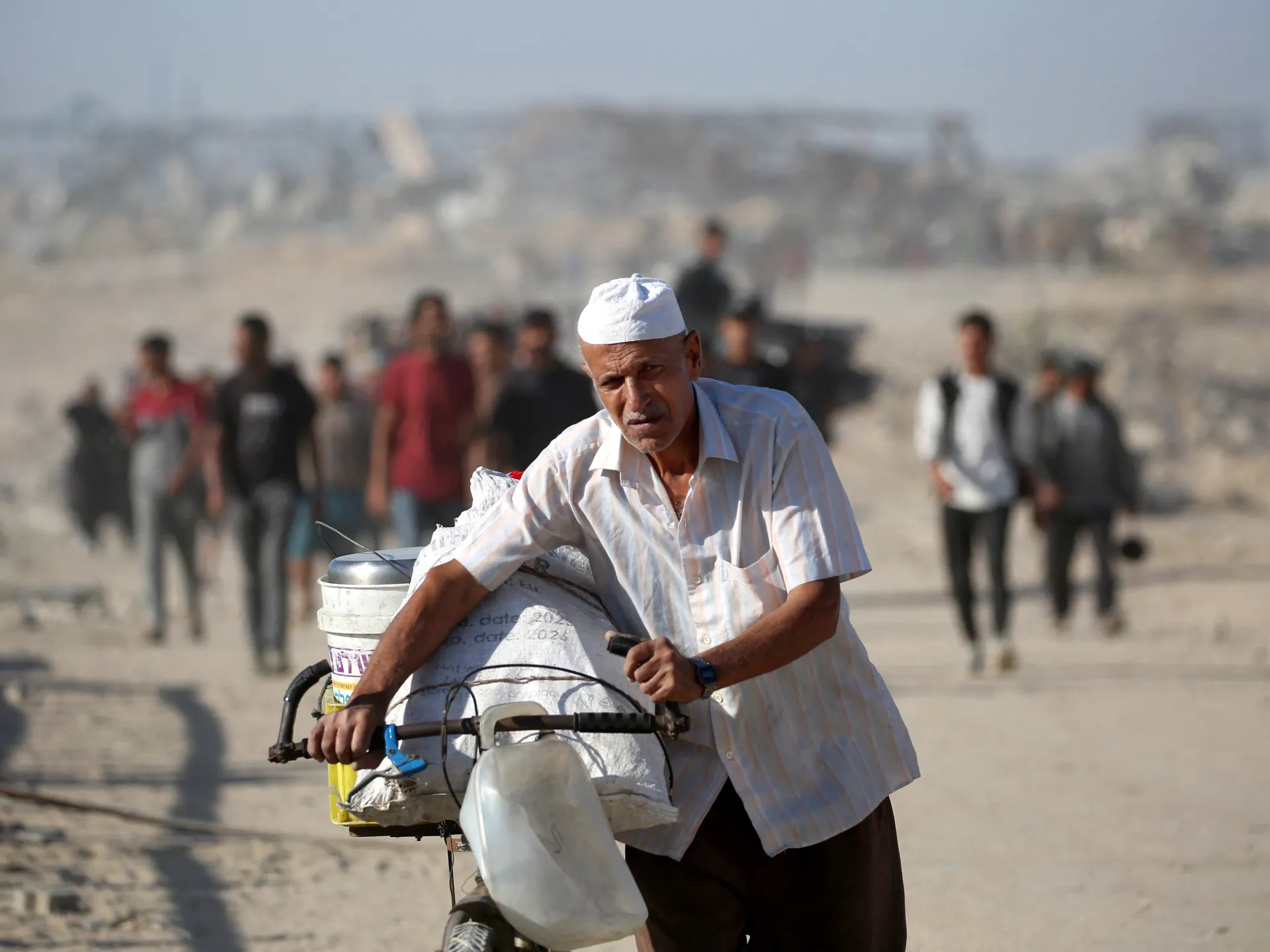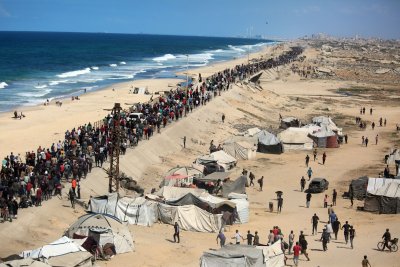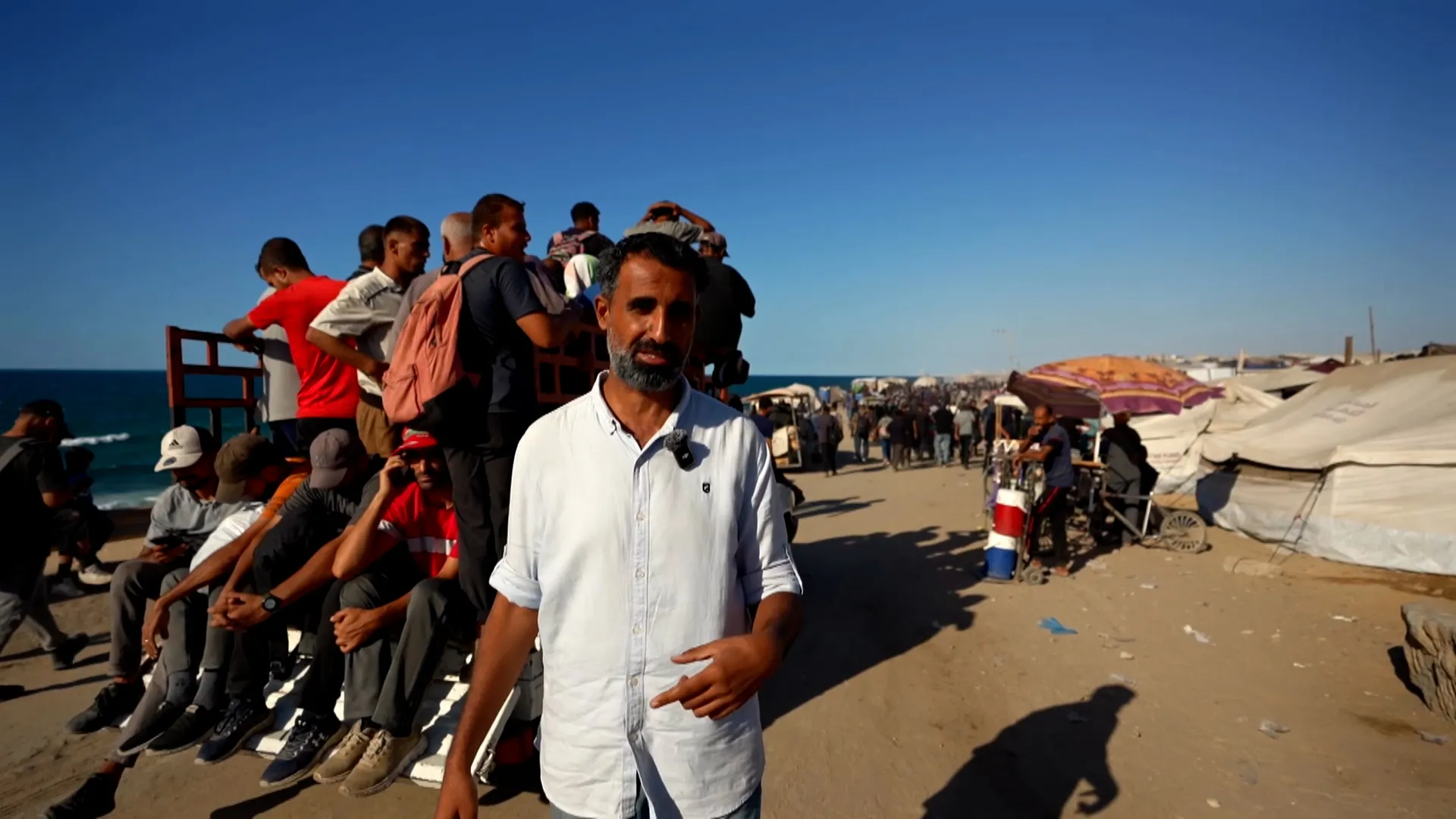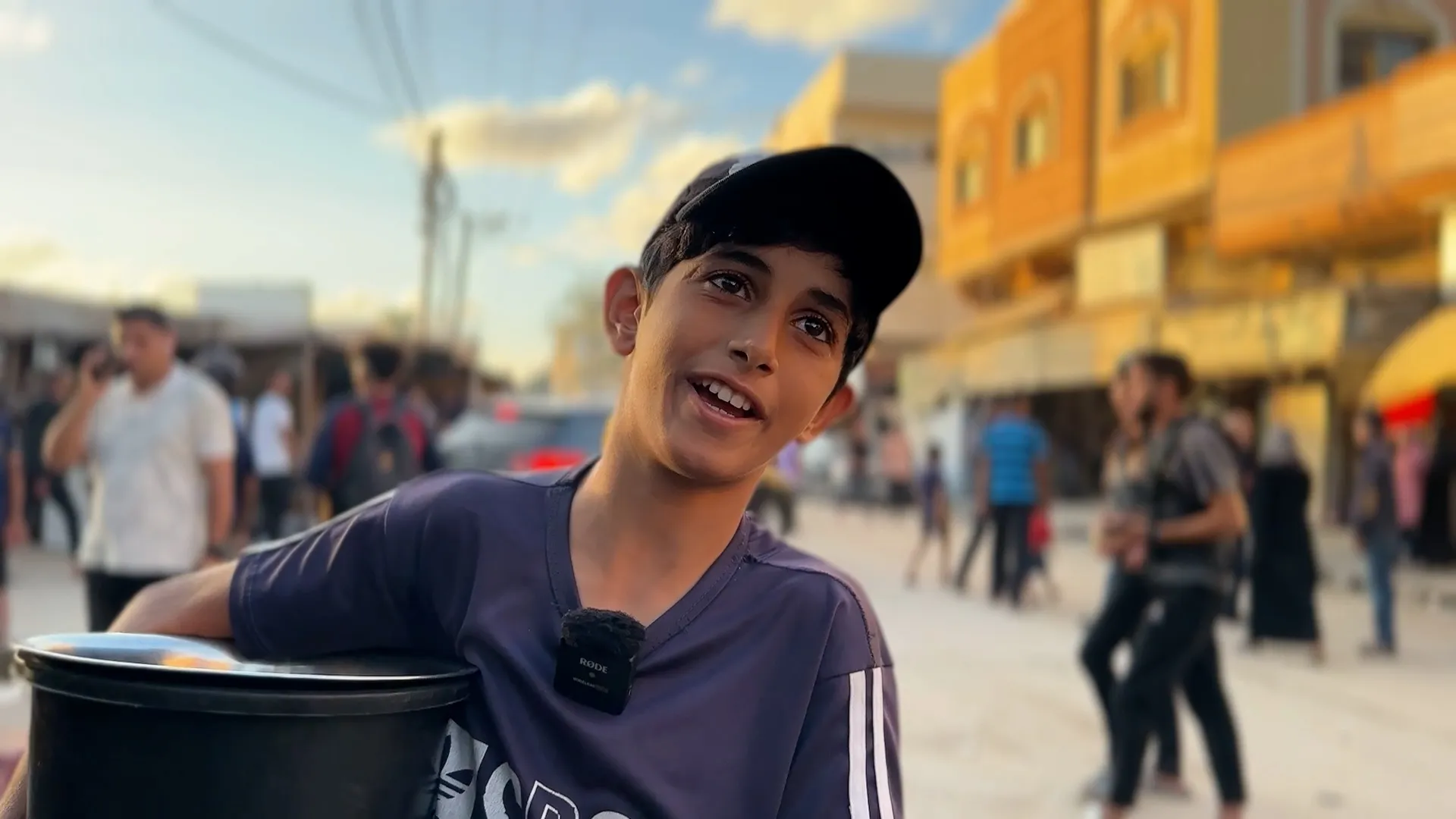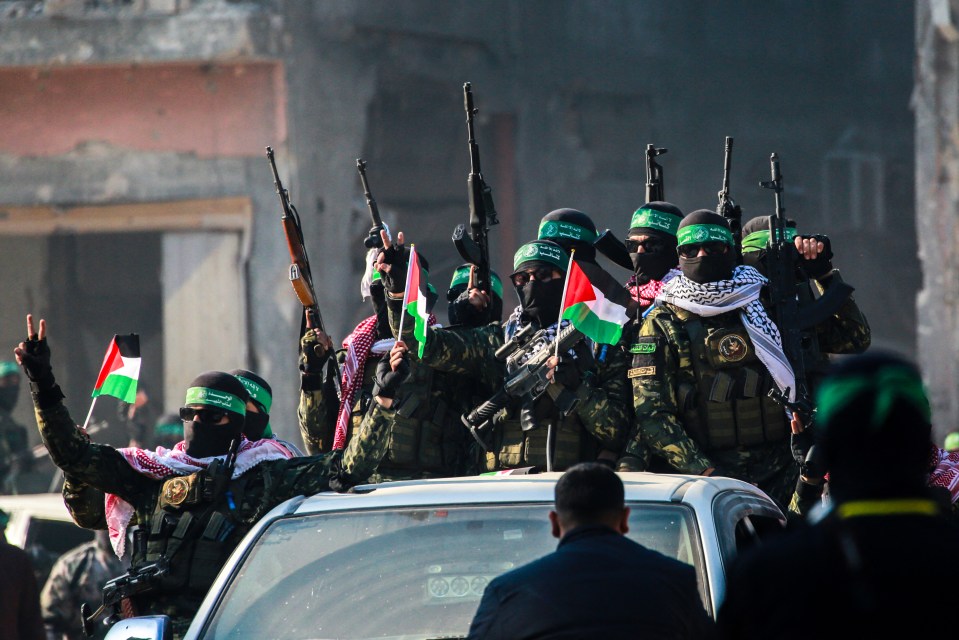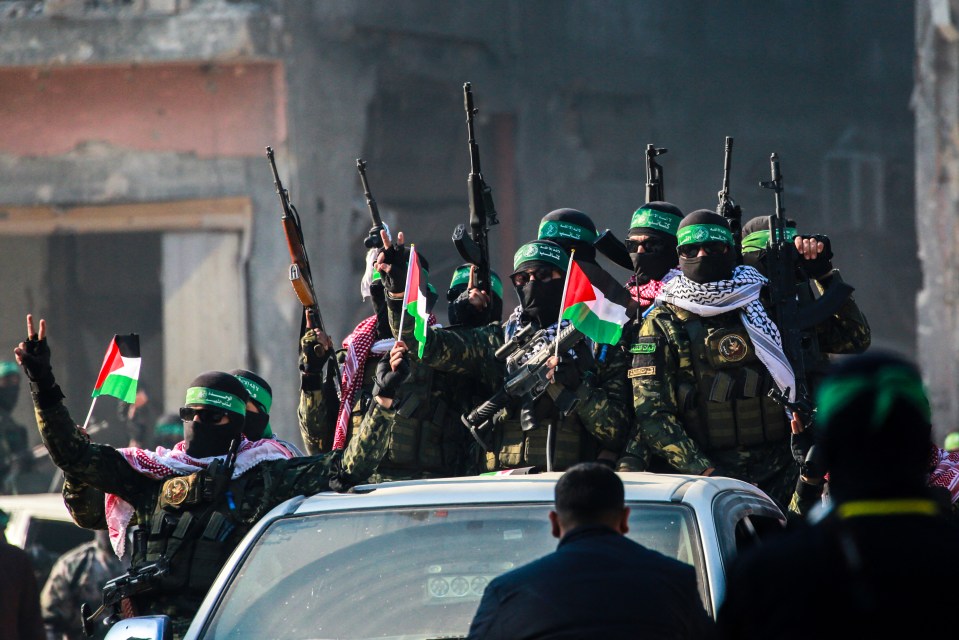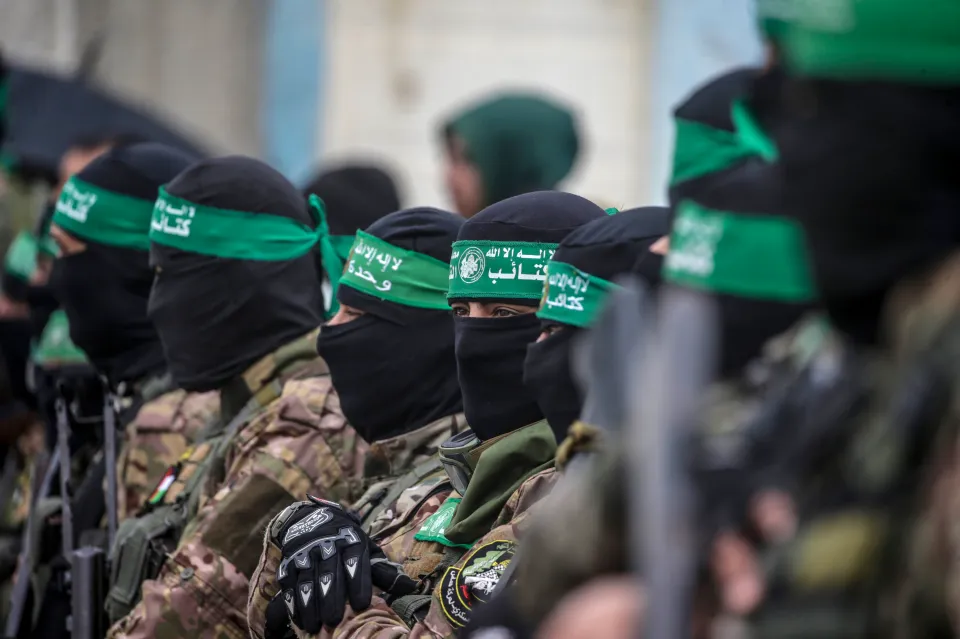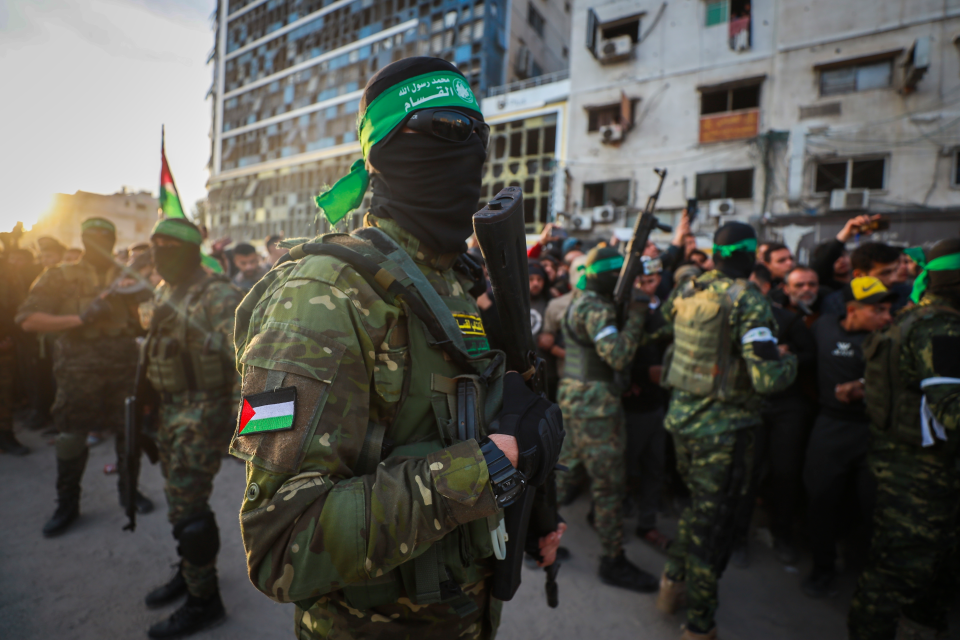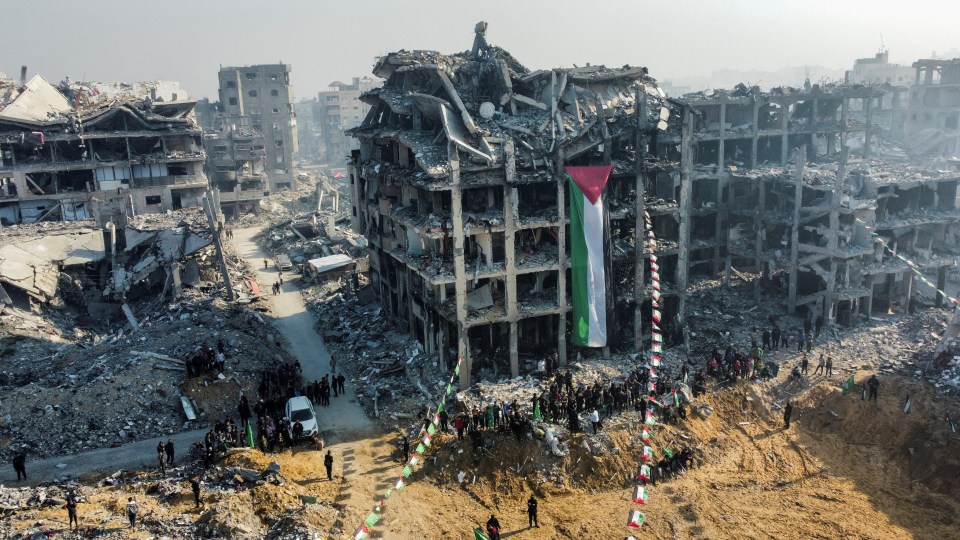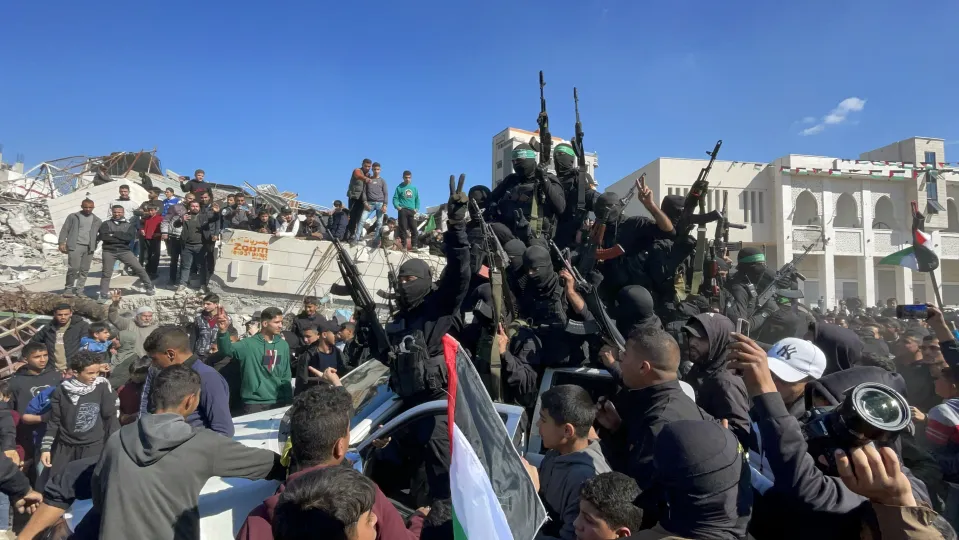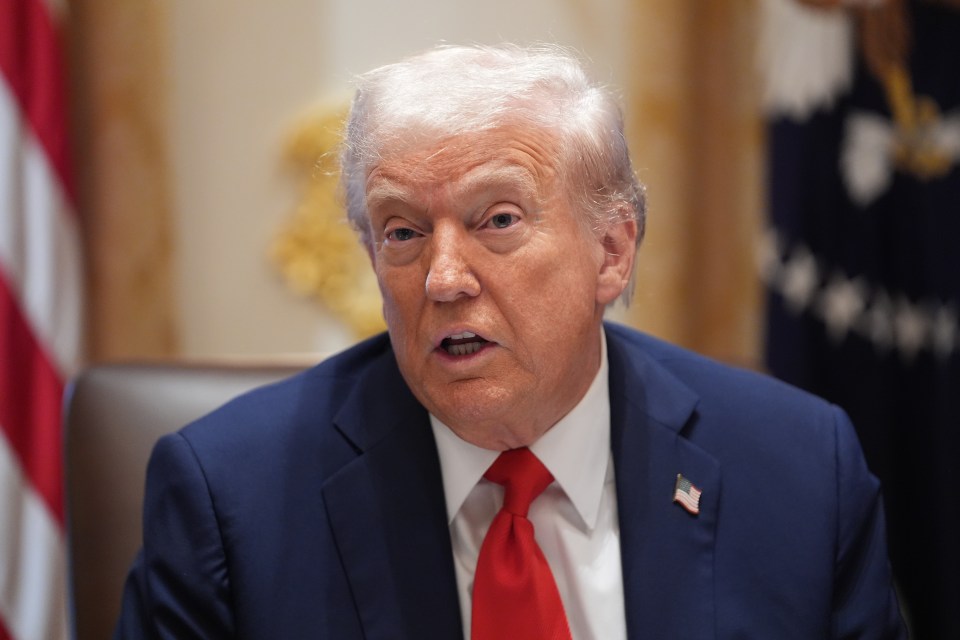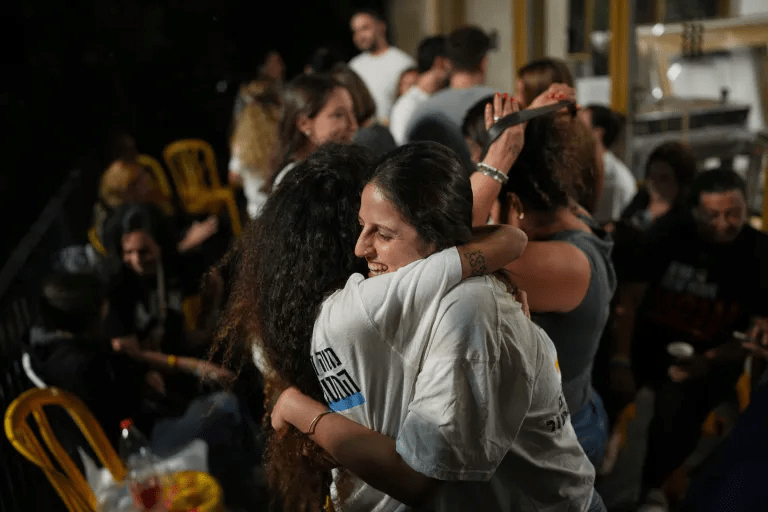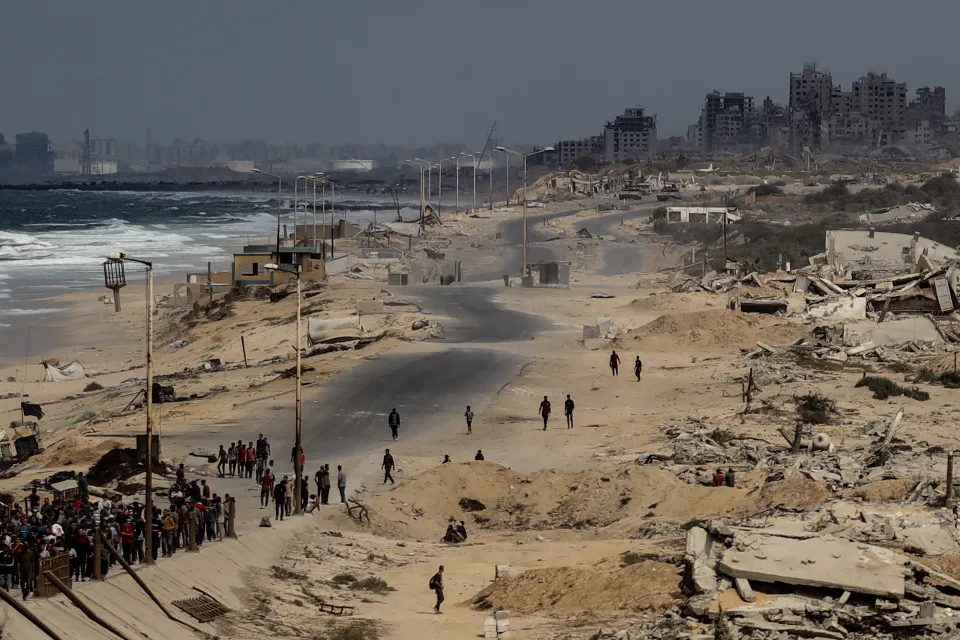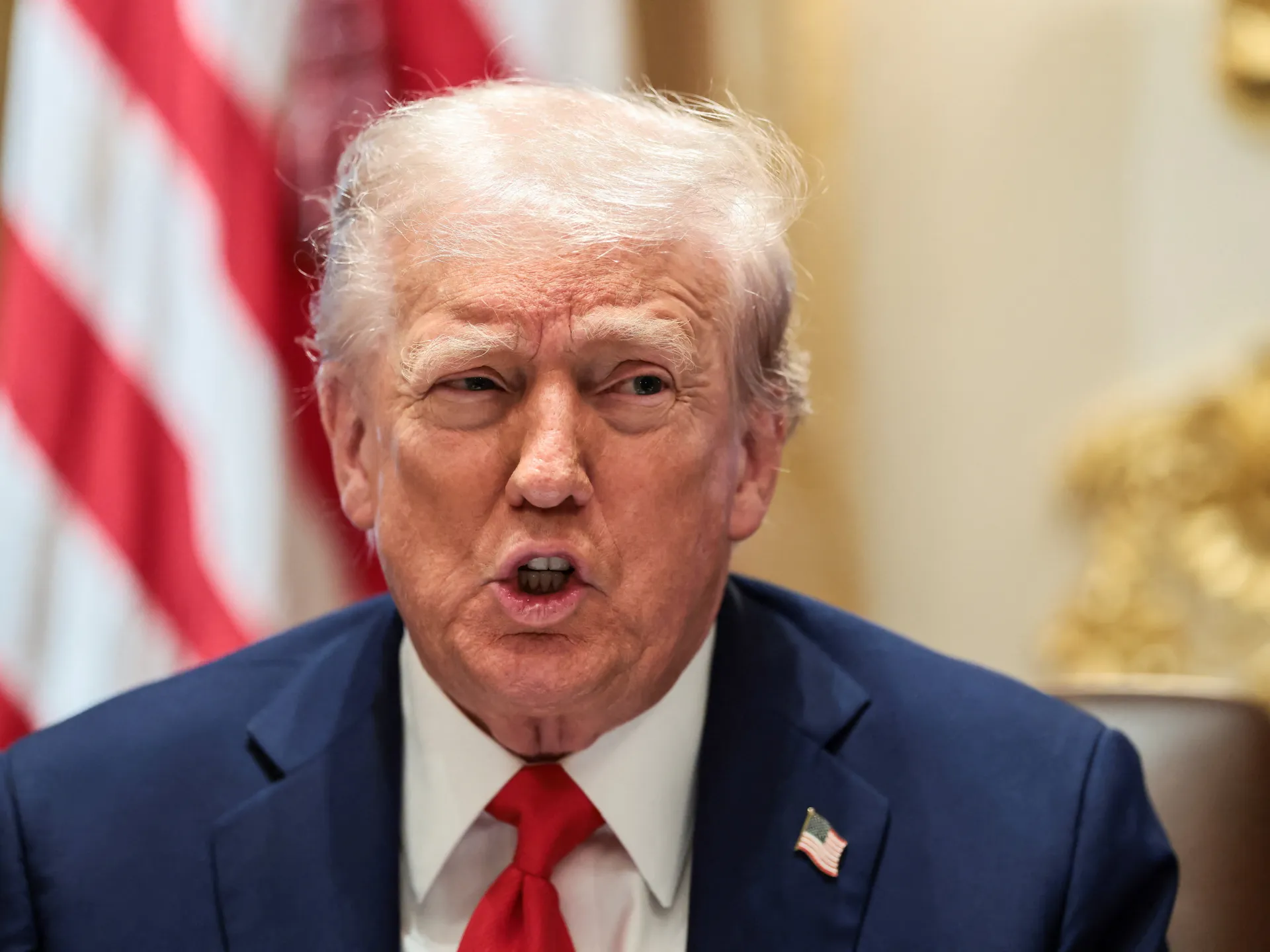Israel expects to receive all living captives from Gaza on Monday | Israel-Palestine conflict News
Israel says it expects to receive all its remaining living captives from Gaza early on Monday, a key step in the ceasefire between Israel and Hamas now in effect.
Speaking on Sunday, government spokeswoman Shosh Bedrosian said that Israel anticipates all 20 living captives will be returned together early on Monday.
Recommended Stories
list of 3 itemsend of list
As in previous exchanges during Israel’s two-year war on Gaza, the captives will first be handed over to the Red Cross, which will transport them to an Israeli military base inside Gaza for initial medical checks before they proceed to Israel to reunite with their families.
A Hamas source told Al Jazeera Arabic that the captives have been moved to three locations in the enclave ahead of their transfer to Red Cross officials.
Once Israel has confirmed all its captives are inside Israeli territory, it will begin releasing Palestinian prisoners, Bedrosian said.
Under the terms of the ceasefire, Israel is to release about 2,000 Palestinians it holds in detention, many without charge. The prisoners include 250 Palestinians serving life sentences. Imprisoned Palestinian leader Marwan Barghouti, whose release Palestinians have long sought, will not be among them, Israel has said.
Some detainees will be released in the occupied West Bank, where relatives have been instructed by Israel not to hold celebrations or speak to the media.
Israel is also preparing to receive the bodies of 28 captives confirmed to have died in captivity, according to Bedrosian.
Speaking in a televised address on Sunday evening, Israeli Prime Minister Benjamin Netanyahu said he hoped the captives’ release would be a moment of unity for the country, despite controversy over his handling of the war.
“This is an emotional evening … because tomorrow, our children will return to our borders,” said Netanyahu, quoting a biblical verse. “Tomorrow is the beginning of a new path – a path of rebuilding, a path of healing and, I hope, a path of united hearts.”
Some of the families of captives have criticised Netanyahu for allegedly prioritising military victory over their release. On Saturday, when the US envoy to the Middle East, Steve Witkoff, praised Netanyahu’s leadership at a rally in Tel Aviv, many in the crowd booed.

‘Trump’s show’
The planned exchange comes three days after Israel’s government approved the first phase of a deal aimed at ending the war in Gaza, and just as United States President Donald Trump, who spearheaded the agreement, visits Israel before a summit in Egypt.
Trump left for Israel from the Joint Base Andrews near Washington on Sunday afternoon, with Secretary of State Marco Rubio, Secretary of Defense Pete Hegseth and CIA chief John Ratcliffe accompanying him on Air Force One.
“This is going to be a very special time,” said Trump on Sunday afternoon before boarding the flight. “Everybody’s cheering.”
On board Air Force One, the US president told reporters that the captives may be released “a little early”, that his relationship with Netanyahu was good, and that Qatar deserved credit for the role it had played in mediating the ceasefire.
“The war is over. You understand that,” Trump added.
Al Jazeera’s correspondent Nour Odeh, reporting from Amman, Jordan, because the network is banned in Israel, said: “It is Trump’s show.”
“He will be arriving in Israel, meeting with the families of captives, addressing the Knesset, and then going to Egypt’s Sharm el-Sheikh, where he has summoned the leaders of more than 20 countries.”
As part of the Trump-led ceasefire agreement, Israeli forces have withdrawn from parts of Gaza, including Gaza City and other northern areas, although they still control more than half of its territory.
Palestinians returning to the combat zones they were displaced from have found widespread devastation, or “wastelands” where their neighbourhoods once stood, Al Jazeera’s Ibrahim al-Khalili reported from Gaza City.
Humanitarian aid has begun to trickle into the enclave as part of the ceasefire, with dozens of trucks arriving on Sunday. But distribution remains slow for a population that has endured months of extreme deprivation, said Al Jazeera’s Hind Khoudary.
“People are not waiting only for food, but also for tents, mobile shelters, solar panels and desperately-needed medical equipment and medicines – items largely unavailable for the past two years,” Khoudary said from Deir el-Balah in central Gaza. “Most people have lost their savings, have no access to bank accounts, and are completely dependent on humanitarian aid to survive.”
Leaders to convene in Egypt
The Gaza summit, scheduled for Monday in Sharm el-Sheikh, will be co-chaired by Trump and Egyptian President Abdel Fattah el-Sisi.
More than a dozen world leaders are expected to attend, including United Nations Secretary-General Antonio Guterres, Jordan’s King Abdullah II and Turkish President Recep Tayyip Erdogan.
Iranian Minister of Foreign Affairs Abbas Araghchi said that neither he nor Iran’s president would accept an invitation to the summit because they could not “engage with counterparts who have attacked the Iranian People”, in reference to the US and its strikes on Iran’s nuclear facilities earlier this year.
Although both Israel and Hamas said they would not participate, Cairo has hailed the summit as a “historic” event that will seek “to end the war in the Gaza Strip, enhance efforts to achieve peace and stability in the Middle East”.
Egypt said that a “document ending the war in the Gaza Strip” is also expected to be signed at the summit.
‘Hard work’ to come
Despite the ceasefire progress, many details on phase two of the deal, which is still to be negotiated, need to be ironed out, including the exact makeup of a post-war administration for Gaza and the fate of Hamas.
The second phase is expected to involve a phased Israeli withdrawal, Hamas’s disarmament, the establishment of new security and governance arrangements, and reconstruction.
“After the big day tomorrow for Trump, after the release of the hostages… then comes the hard work,” Adnan Hayajneh, professor of international relations at the University of Qatar, told Al Jazeera. “If you look at the situation in Gaza, it’s like an earthquake happened… There’s no government. There’s no schools. There’s nothing there.”
US Vice President JD Vance appeared to acknowledge on Sunday that the road to stability would be difficult. “It is going to take consistent leverage and consistent pressure from the president of the United States on down,” he told US broadcaster CBS.
In a separate interview with ABC, Vance said that the 200 US troops reportedly being sent to Israel to monitor the ceasefire are not intended to have a combat role and will not deploy to Palestinian territory.
“The idea that we’re going to have troops on the ground in Gaza, in Israel, that that is not our intention, that is not our plan,” said Vance.
